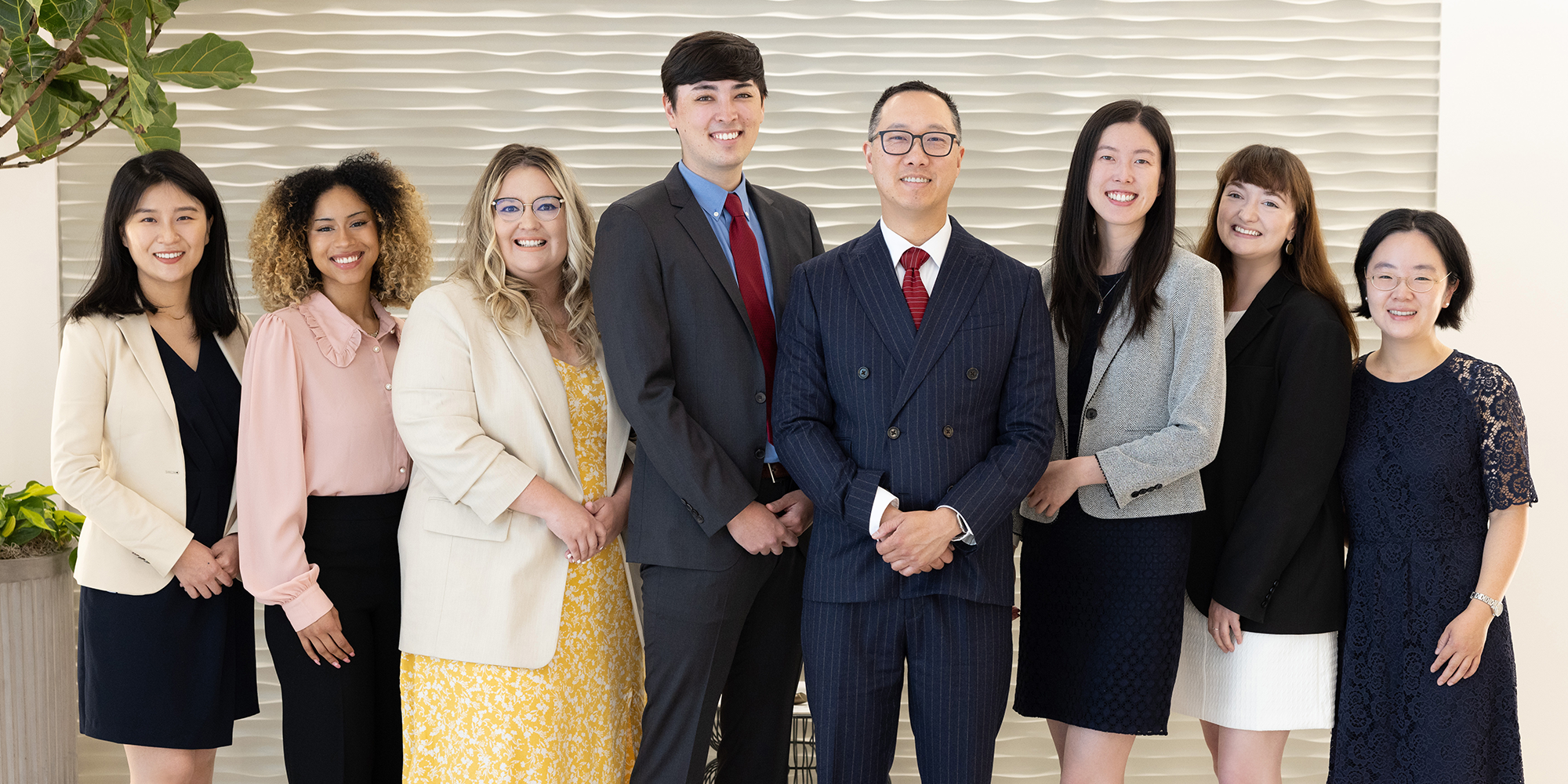The city’s treatment of Chinese immigrants and their descendants has been a black mark going back more than a century. There was discrimination, violence, xenophobia, and even the dismantling of five Chinatowns (the first was 1866-1870). A recent unanimously approved resolution apologizes for the city’s behavior over the years and acknowledges the many contributions by Chinese migrants and their families. This follows a similar resolution by officials in nearby Antioch.
Prejudice towards Chinese migrants was typical of the times — the Chinese Exclusion Act of 1882 restricted state and federal courts from granting citizenship to Chinese immigrants. As the racism became institutionalized, the city officials of the time called Chinatowns “dangerous to the health and welfare of all citizens,” a “public nuisance” and “standing menace to both public and private morals, peace, quiet and good order.”
Another travesty involved an act of arson that destroyed Chinese homes, businesses and a market. The fire displaced 1,400 people, and the mayor at the time refused to grant permits to rebuild.
One particularly egregious act involved the city’s destruction of the Ng Shing Gung Temple, a historically significant building from the Heinlenville Chinatown. Of course, many are aware that the Chinese Historical Society and Cultural project built a replica in 1991 as an act of friendship and forgiveness.
Unfortunately, some things have not changed
The City Council drafted the apology after reports of the uptick of hate crimes locally and nationally aimed at Asians and Asian-Americans. There was little resistance in San Jose to the Council’s resolution; nonetheless, an official apology further clarifies the city’s stance on the treatment of Asians and other minorities who may be new immigrants or ones with family roots going back generations.


